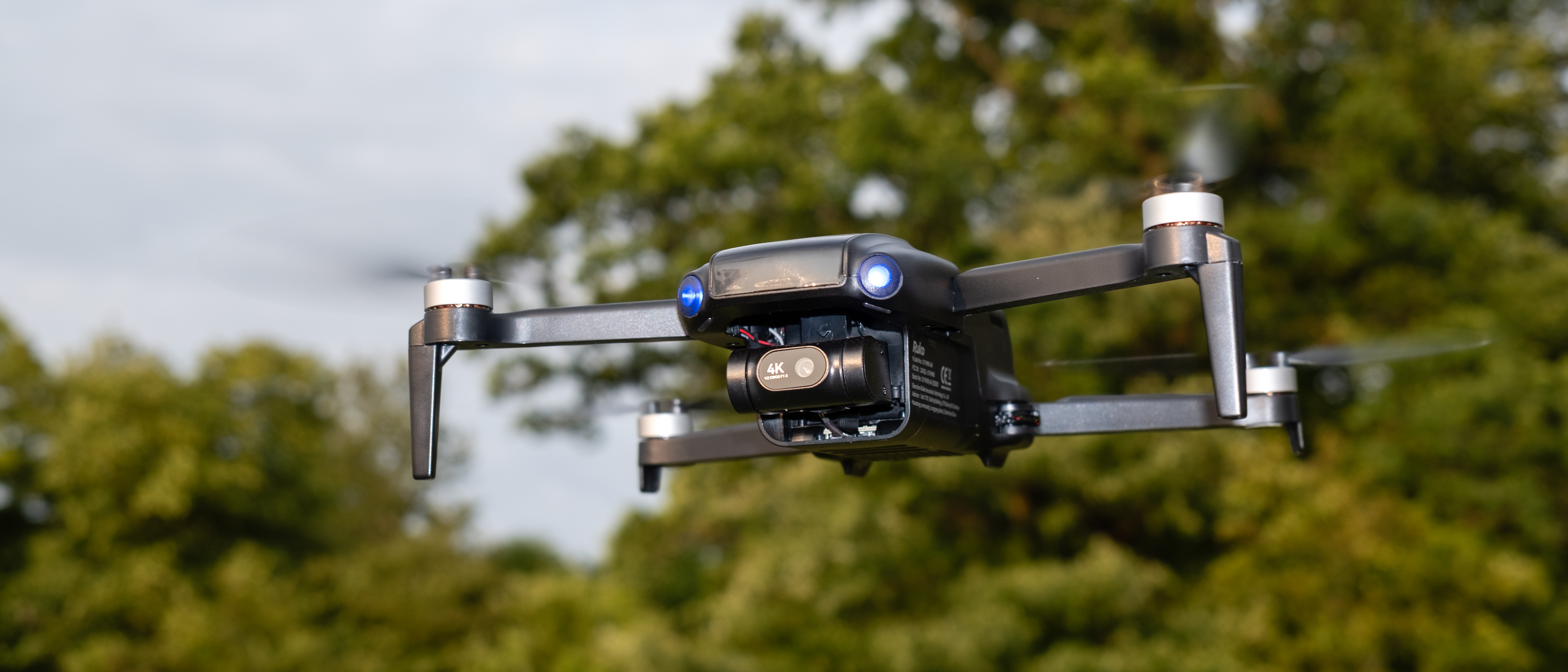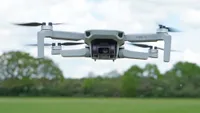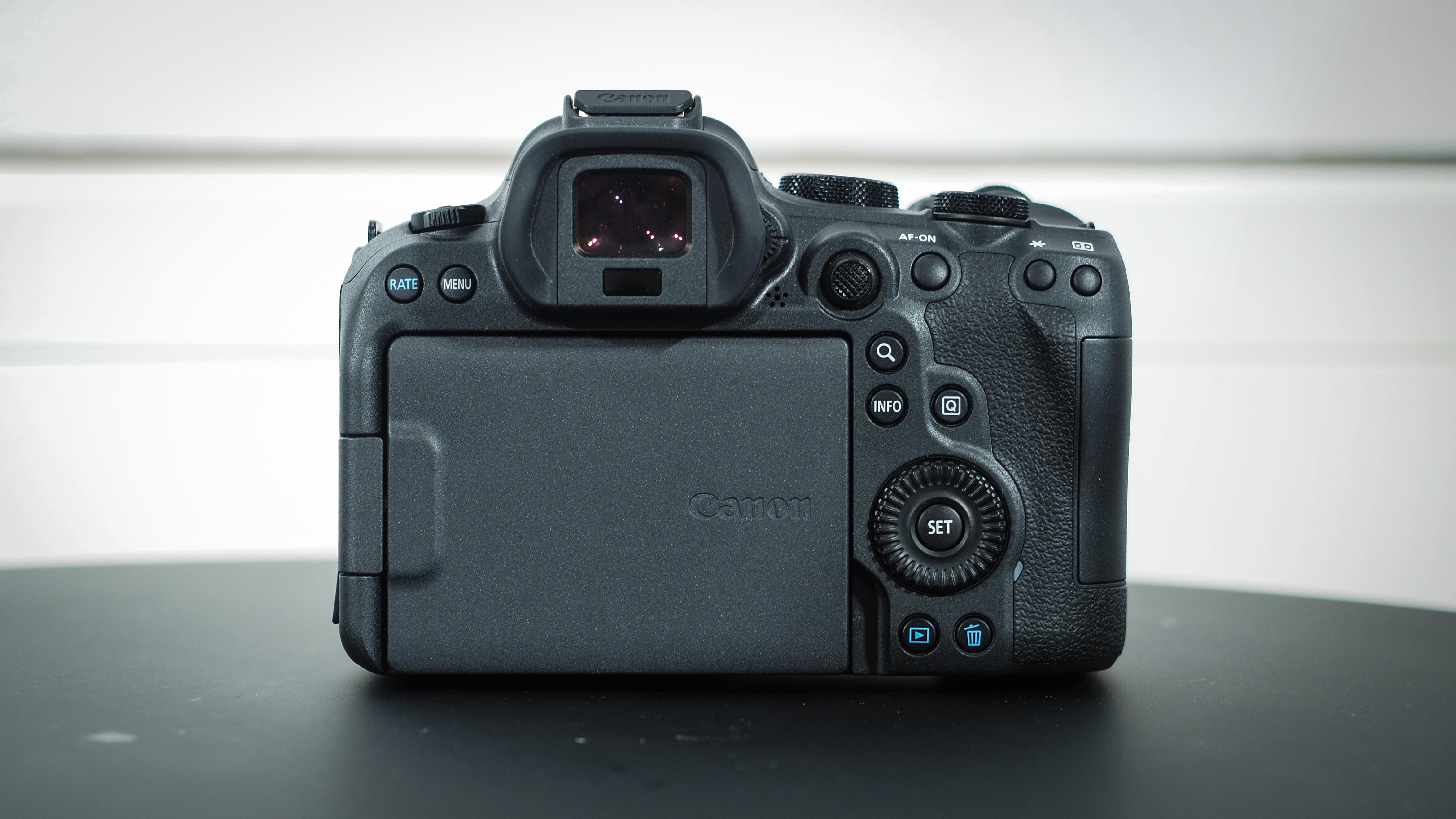Digital Camera World Verdict
The Ruko U11MINI 4K is a decent sub-250g drone with reasonable flight performance, although the drifting during hovering means you have to fly away from obstacles to avoid a collision. The camera quality is good with the ability to capture 48MP photos and up to 4K video at 30fps. The price for the three-battery kit is also competitive when compared to the competition.
Pros
- +
4K 30fps video / 48MP photos
- +
Easy to use with simple features
- +
Respectable image quality
Cons
- -
Lots of hover drift
- -
Only captures JPEG photos
- -
Only offers basic camera control
Why you can trust Digital Camera World
Ruko drones are most popular in the United States, with the Chinese drone manufacturer offering an impressively large range of models aimed at beginners. The Ruko U11MINI 4K is a significant upgrade over the Ruko U11MINI, offering a 3-axis gimbal and a hugely improved camera which make it the best beginner drone of the two by far.
These two drones, despite sharing pretty much the same name, airframe and overall design, are worlds apart simply because of the significant camera and gimbal upgrade. Flight features in general are pretty basic, but there are a few useful modes including cruise control – similar to cruise control in your car, and some basic subject tracking features.
This is very much a standard sub-250g camera drone aimed at beginners, so forget the beginner-friendly advanced subject tracking and innovative designs seen in drones such as the DJI Flip, DJI Neo and the HoverAir X1 ProMax. There’s nothing wrong with this at all because the drone market is expanding, and there will probably always be a place for simple beginner camera drones.
The U11MINI 4K, as the name suggests, can capture 4K video while photo capture is available at 48MP, so photos and videos are the resolutions you’d expect these days. 720p videos and 8MP photos are also saved to your phone which makes sharing on social media quick and easy. This is a fairly standard feature for Ruko drones and one that you’ll either find useful or annoying.

Ruko U11MINI 4K: Specifications
Camera | 48MP 1/2in CMOS sensor / fixed focus f/1.8 lens |
Video | 4K 30fps 1080p 60fps / 720p 30fps (720p stored on phone) |
Photo formats | JPEG |
Video transmission range | 3.78 miles |
Battery | 2200 mAh LiPo / up to 32 minutes flight |
Flight modes | Cine, Normal, Sport |
Dimensions (unfolded) | 12.71×10.67×2.44in / 323x271x62mm |
Dimensions (folded) | 5.55×3.42×2.44in / 141x87x62mm |
Weight | 8.75oz / 248g |
Ruko U11MINI 4K: Price
The Ruko U11MINI 4K is available from the Ruko Website for global purchases, while US residents can purchase from both the Ruko website and Amazon. The drone kit costs $330 on the Ruko website, so UK and Australian residents will find the most reliable currency conversion on the day of purchase.
Keeping prices in US$ for a fair comparison, the DJI Mini 4K Fly More Bundle costs $465, while the Potensic Atom 2 Fly More Combo is $495. So, at $330, the U11MINI 4K three-battery kit is reasonably priced. The drone itself isn’t as good as these two alternatives in terms of flight performance and image quality, but it’s priced fairly.
Ruko U11MINI 4K: Design & Handling
Being a basic sub-250g beginner drone, the U11MINI 4K is probably everything you’d expect with its small size and folding design. The drone is black rather than the more common grey, but this is aesthetic rather than functional so it’s neither a positive nor a minus.
The best camera deals, reviews, product advice, and unmissable photography news, direct to your inbox!
There are also a couple of blue lights on the front of the drone, which allow you to identify the orientation of the drone when it’s a few metres away, but beyond this, you can’t see them since they’re not particularly bright.
Moving on to build quality, the drone is perfectly adequate although not quite at the same level as the direct competition. The folding element of the drone makes it more compact for transportation and storage, which combined with the low weight makes it comfortable to carry around.
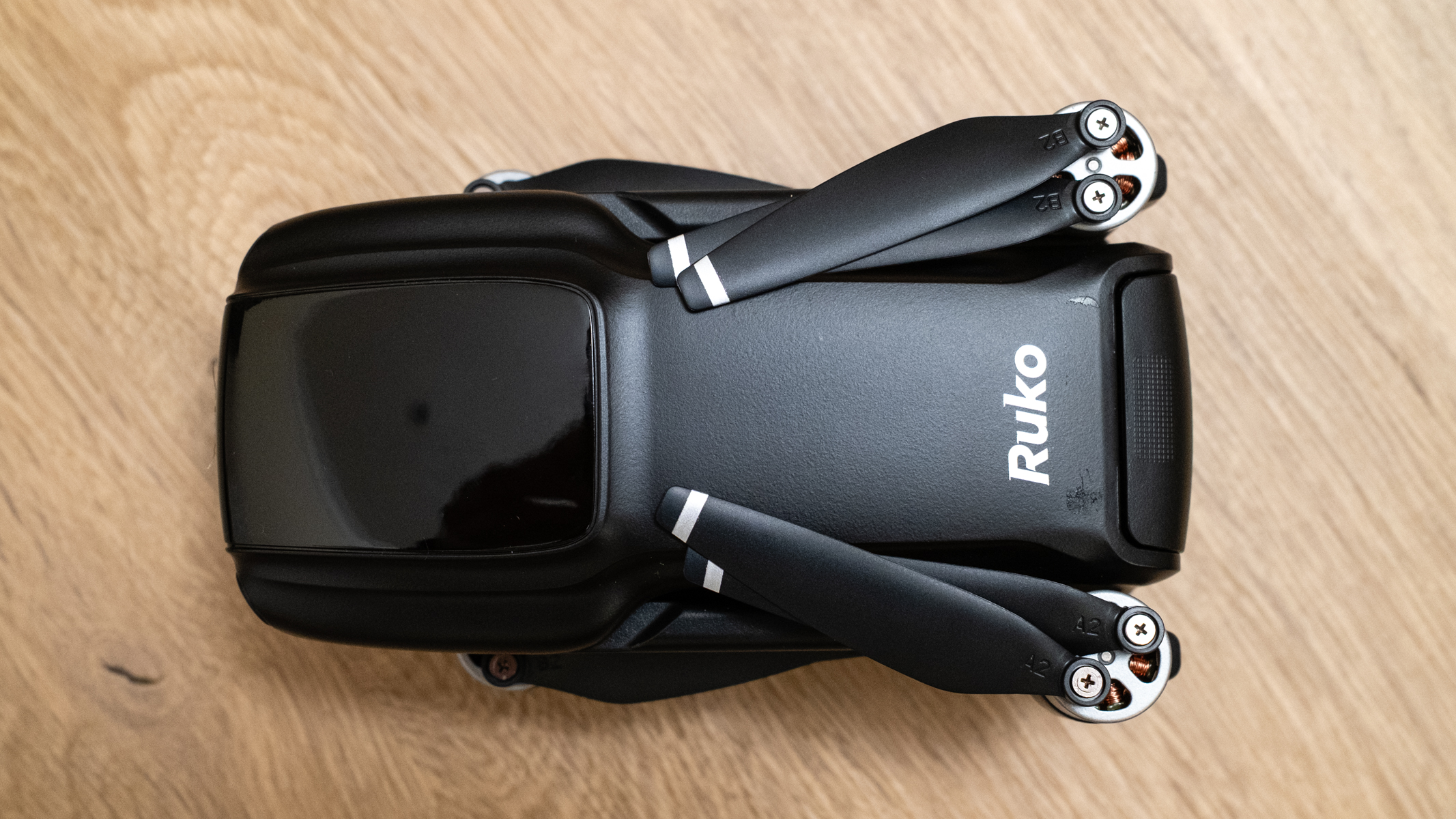

This is standard for a drone in this class alongside the kit coming with a carry case that can accommodate the drone, controller, three batteries and accessories. The batteries are charged directly via USB-C cables, which means you can easily charge them on the go with a power bank.
Battery life and flight times are advertised as being up to 32 minutes, but during testing, flight times were averaging around 20 minutes. The wind was gusty during testing so there’s a reasonable chance the batteries could have a little more juice in them in calmer conditions.
Incidentally, the U11MINI 4K handled the wind well and managed to capture smooth video. It does offer Level 5 wind resistance, which is up to 24mph, and this appears to be a reliable claim.

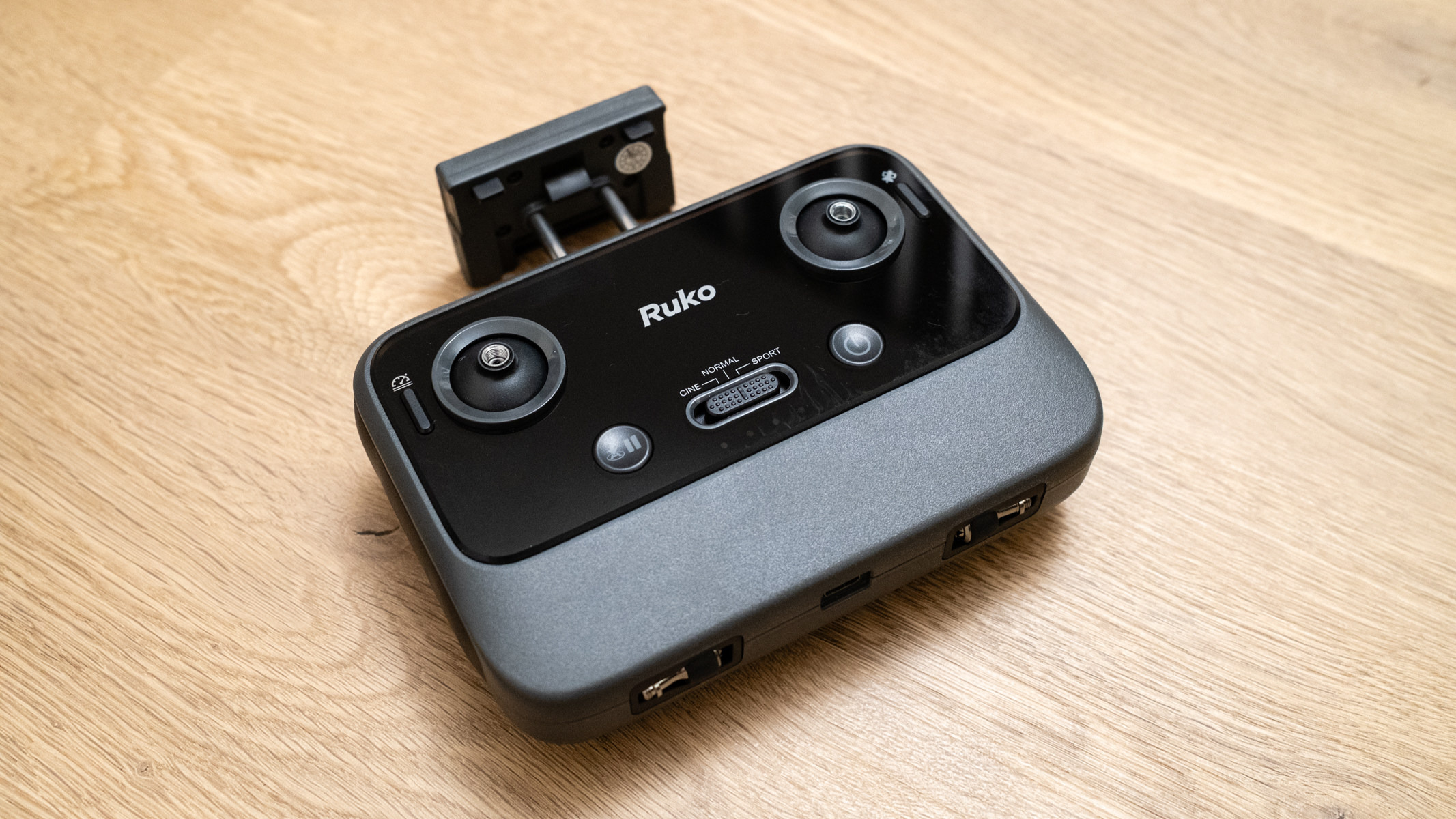
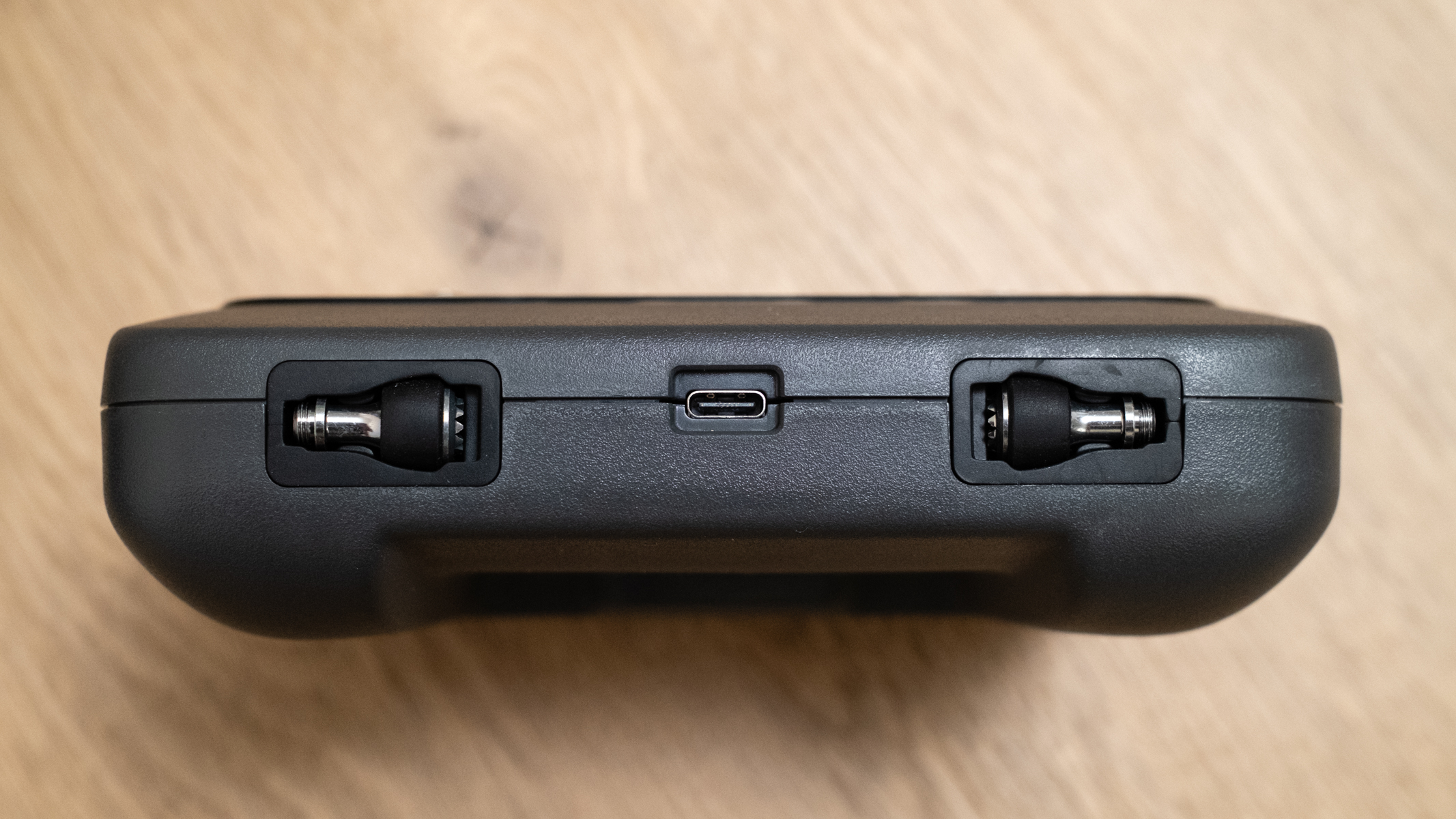
The controller is a fairly standard Ruko offering with an array of direct access controls for the camera, gimbal and to initiate Return to Home. There’s also a cruise control button. Build quality is great despite the simplistic design, and the controls work as they should so no complaints here.
The controller is comfortable to hold and the control sticks can be stowed at the bottom of the controller to reduce size and eliminate the risk of gimbal damage during transportation and storage.
This is a standard rather than a smart controller, so a telescopic phone holder extends from the top and can easily accommodate larger smartphones. There’s also space to store the phone cable within the phone holder when not in use.
Ruko U11MINI 4K: Drone Performance
The U11MINI 4K flies well and the controls are responsive allowing for smooth maneuvers. There is, however, a slight altitude change when flying forwards and backwards, so you can rely on the drone remaining at a precise altitude during these movements. It’s not a dealbreaker, but you have to increase or decrease the throttle as required.
Another area where the drone struggles a little is hovering accuracy. Despite GPS positioning, optical flow, a TOF sensor and barometric altitude hold, there is a lot of vertical and horizontal drift during hovering. This drift occurs within roughly a metre square, so if you’re hovering too close to an obstacle like a tree, you may find yourself crashing if the drone drifts. During testing, I crashed twice due to hover drift, but I do fly under and through trees as part of my testing.
Moving onto features, the F11PRO 2 includes GPS Follow, Fly Around, Route Planning (waypoints), Split Screen (for VR capture), Recording (for sound recording via your smartphone), Night Mode (for night photo and video capture), Zoom (up to 5x digital zoom), Filter (effects) and Vertical for capturing vertical photos and videos.
Most of these are likely to remain unused by most pilots, and the digital zoom is completely pointless since captured images aren’t digitally cropped anyway – saved images remain at normal dimensions. But GPS Follow and Fly Around work as well as any basic drone; they work, but they lack the performance of the much less expensive DJI Neo, for example, which also includes additional subject tracking capabilities.


Hovering accuracy aside, the range of features on offer is perfect for beginners looking for a drone that isn’t too complicated. You get Return to Home (RTH) functionality which can be initiated by the pilot, and it can also spring into action when the battery level is low and/or the controller connection is lost. You can also set a new home point if you walk to a new position while flying, which is useful and a feature we’re seeing more and more often.
Other features include Cruise Control, GPS Follow Me, Image Follow, Waypoints, Point of Interest and digital zoom to name but a few. These features all work, but they're far from being refined and the subject isn’t always kept in the centre of the frame when using the tracking options. They can be fun to be fair, and the 3-axis gimbal does help tremendously because the footage captured is much smoother than the U11MINI.
Ruko advertises the drone as having AI takeoff and landing, but I’m not sure what this means because takeoff and landing are activated either in the Ruko U11 app or using the control sticks in the way most other drones function. If this means being able to simply hold the throttle stick down to initiate landing after a brief low-level hover, it works as expected.
Ruko U11MINI 4K: Camera Performance
The U11MINI 4K features a 48MP 1/2in CMOS sensor with a fixed focus f/1.8 lens. The camera can capture 8K (8000x6000px) JPEG format photos, while video can be captured at 4K at 30fps or 1080p at 60fps.
Photos are also saved to your phone via the Ruko U11 app in 4K (3840x2160px) dimensions, while 720p 30fps video is also saved. The idea here is that it makes it easier to share photos and videos to social media, but just make sure you delete the assets once you’ve used them to ensure your phone storage doesn’t get filled up.
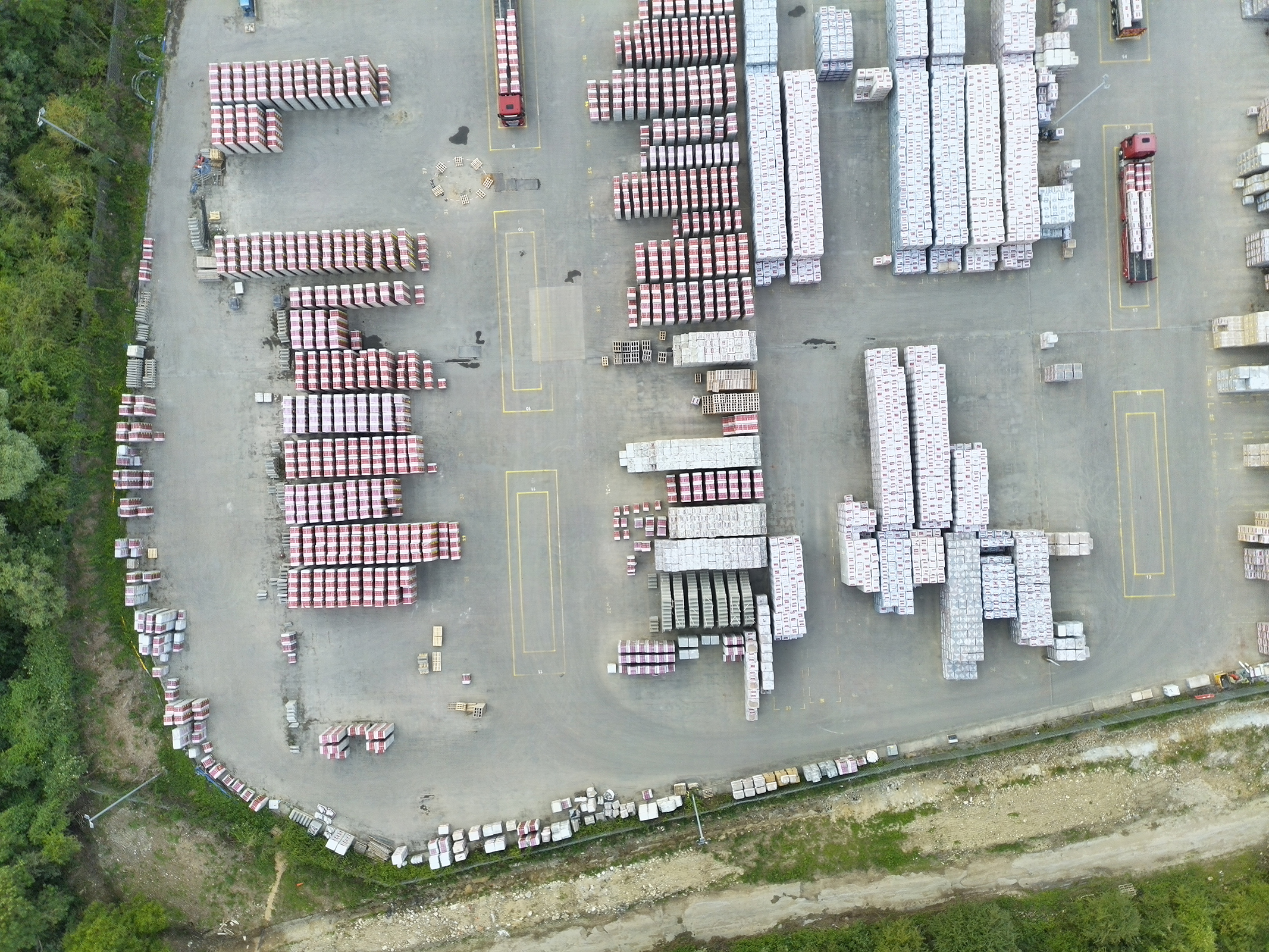


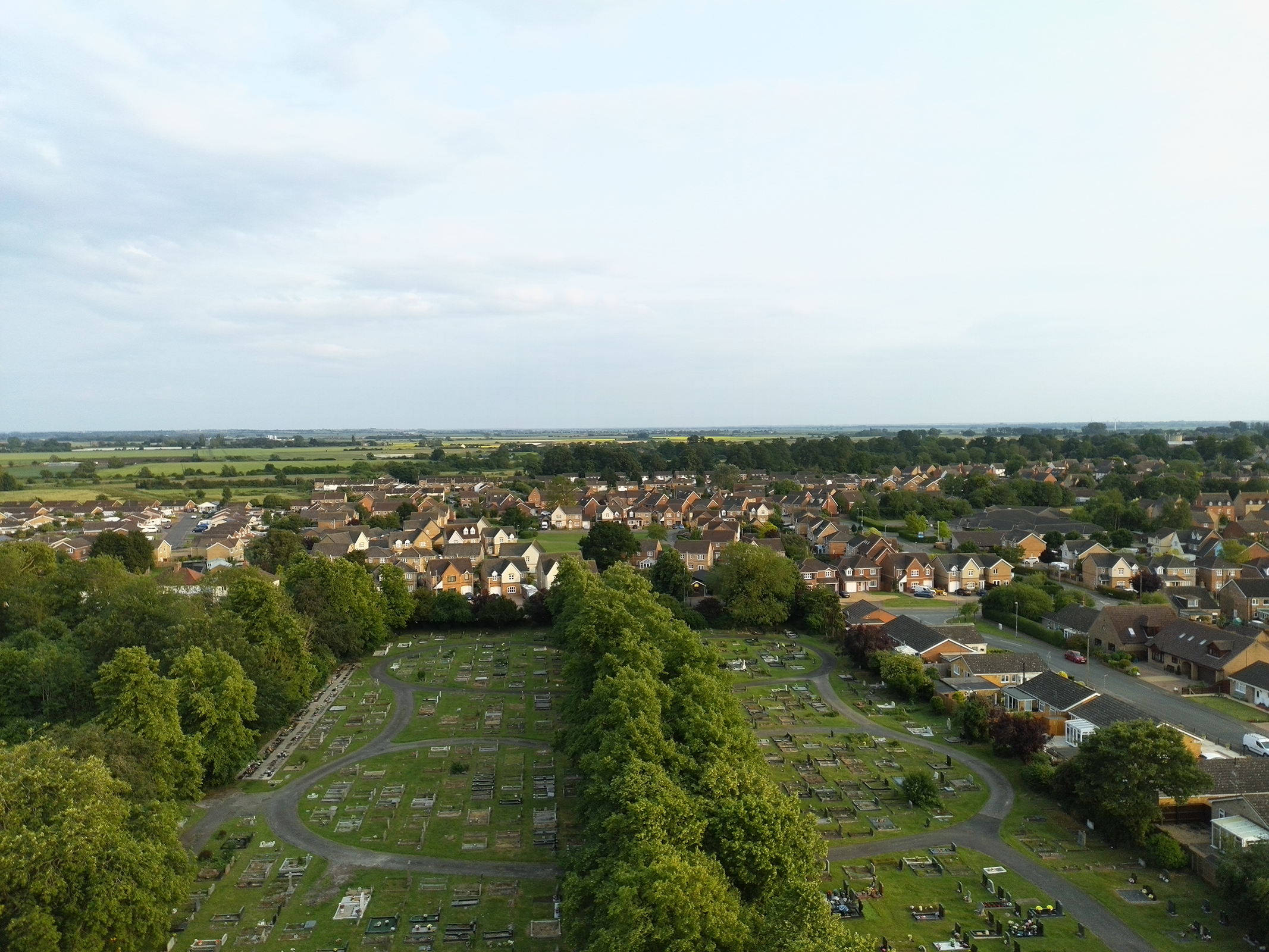
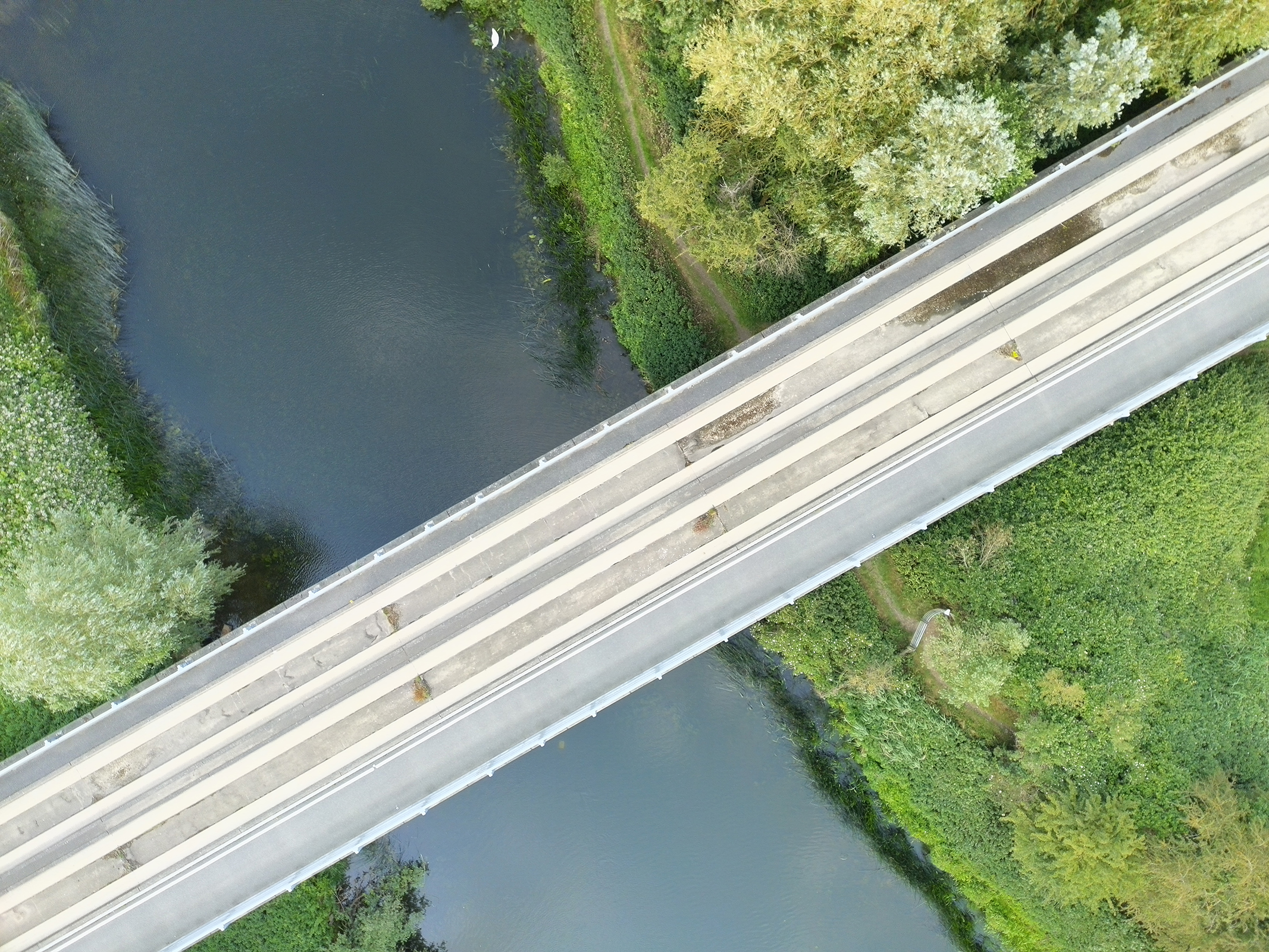
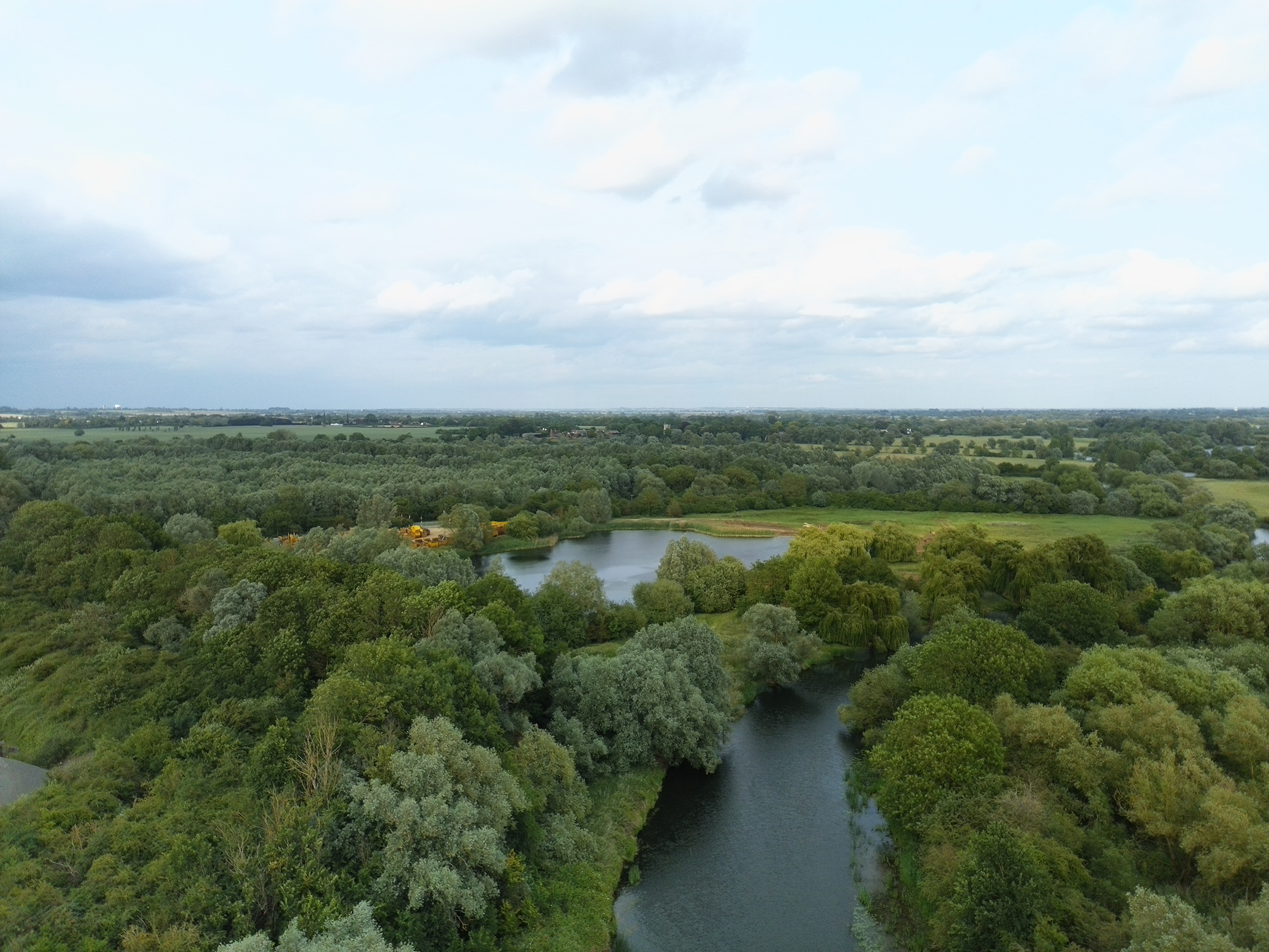
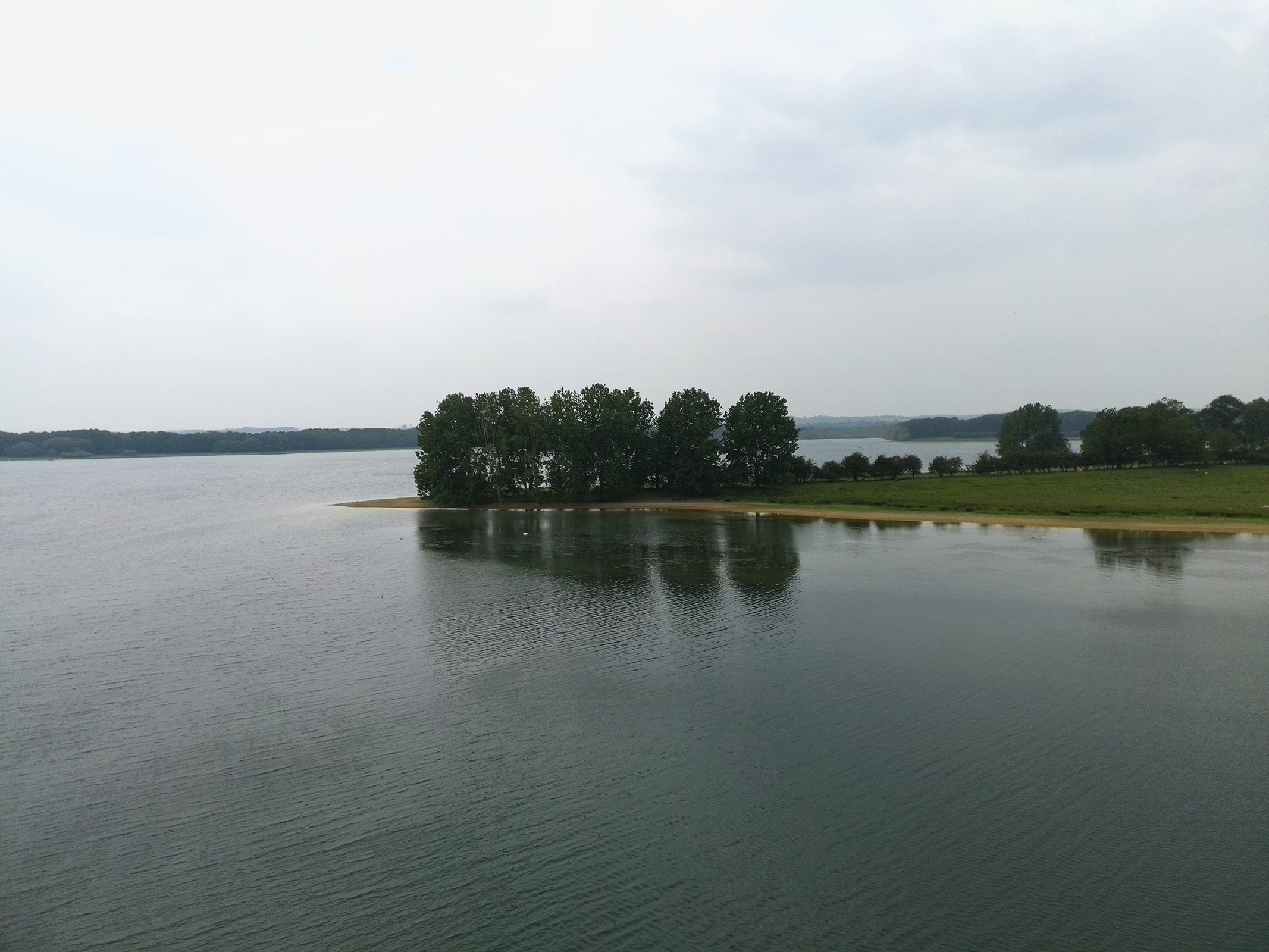

Image quality is the best I’ve seen from a Ruko drone, and although the dynamic range isn’t as large as higher-end models, shooting in brighter conditions with the sun behind or to the side of the drone produces the best results. Videos, like from most drones, are better quality than photos, but photos aren’t bad with the centre of the frame being the sharpest and some fall off visible towards the edges of the frame.
The camera is pretty much automatic, so you can’t control ISO, and JPEG processing does become heavy-handed in situations where a higher ISO setting would be required. With the camera being automatic shooting is easy yet limited, but there is some scope for adjustments. Basic camera controls allow you to make adjustments to a handful of parameters with the most useful being EV, white balance and sharpening.
Ruko U11MINI 4K: Verdict
The Ruko U11MINI 4K is a decent sub-250g drone with reasonable flight performance, although the drifting during hovering means you have to fly far away from obstacles to avoid a collision. The camera quality is good overall with the ability to capture 48MP photos and up to 4K video at 30fps. The price for the three-battery kit is also competitive when compared to the competition.
In a nutshell, the U11MINI 4K is an attractive beginner drone with basic automated flight features. It has pretty much everything a beginner will want or need in terms of photo and video capture, but don’t expect more advanced subject tracking than some competitor beginner drones offer.
Features | Basic features but suitable and perfect for absolute beginners | ★★★☆☆ |
Design | A basic folding design with reasonable build quality and a decent controller. | ★★★★☆ |
Performance | The drone flies well with responsive controls, but there is a lot of hover drift. | ★★★☆☆ |
Value | It’s not a bad price, but still faces some stiff competition. | ★★★★☆ |
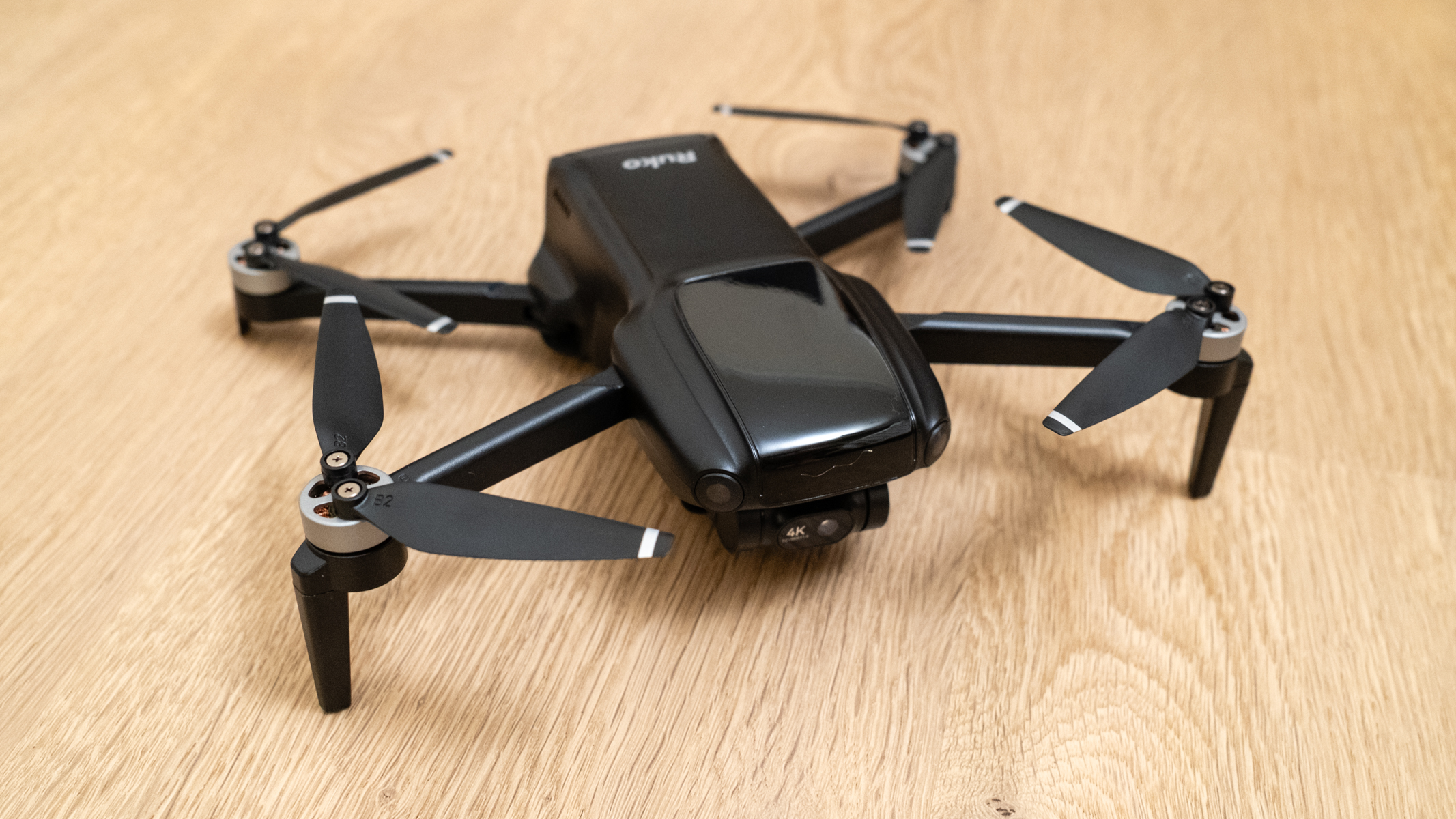
✅ Buy it...
- If you’re on a budget and would like a cost-effective multi-battery kit.
- If you don’t want or need advanced subject tracking functionality.
🚫 Don't buy it...
- If you'd like to be able to capture Raw format photos.
- If you would benefit from a larger and more powerful drone.
Alternatives
The DJI Mini 4K is DJI’s most affordable Mini-series drone and offers great value for money alongside the build quality and performance you’d expect. Image quality is good across 4K video capture and photos in Raw and JPEG formats.
The Potensic Atom 2 is an incredibly well-priced beginner sub-250g. It also offers more advanced features than the U11MINI 4K overall, and a more advanced camera for capturing photos and videos making it a strong alternative.
James Abbott is a landscape and portrait photographer based in Cambridge. He’s also an experienced photography journalist specializing in camera skills and Photoshop techniques. He is also a CAA-approved drone pilot and professional aerial photographer.
You must confirm your public display name before commenting
Please logout and then login again, you will then be prompted to enter your display name.
